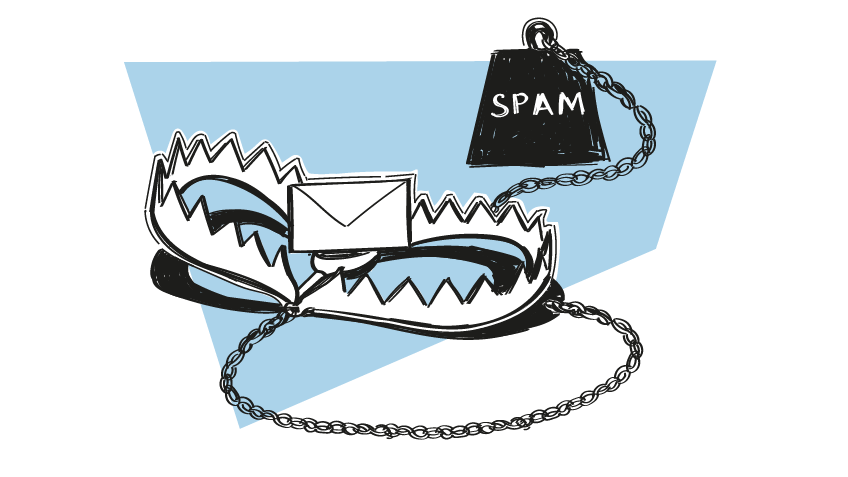What Are Spam Traps (and How to Avoid Them)
Spam traps are email addresses created specifically to detect and block spammers — but they can also cause trouble for legitimate senders who don’t regularly clean their lists or use an email verification service like VerifiedEmail. Who Creates Spam Traps and Why? Spam traps are typically created by Internet Service Providers (ISPs) and blacklist operators — organizations that monitor and flag domains and IPs associated with spam activity. These traps help identify senders who use shady methods to collect addresses or ignore email best practices. Once detected, those senders risk being blocked, meaning their messages never reach inboxes. The data gathered from these traps also feeds algorithms that determine a sender’s reputation score, directly impacting email deliverability and, ultimately, marketing ROI.
How Spam Traps Work ISPs know that not all marketers follow the rules. Some scrape email addresses from the web or buy unverified lists — both risky moves. To catch bad senders, they set up special email addresses hidden across websites or repurpose abandoned inboxes that haven’t been used for years. When a message is sent to one of these addresses, the system flags the sender’s IP, domain, and content for review. If the sender consistently hits spam traps, their domain can be blacklisted, damaging future deliverability. Main Types of Spam Traps There are two main types of spam traps, plus one common variation you should know about: Pristine (Original) Spam Traps These are email addresses created solely to catch spammers. They’ve never been used for legitimate communication and are usually hidden in places only bots can find. Recycled Spam Traps These are old, inactive email accounts that ISPs repurpose after long periods of inactivity — like that forgotten Hotmail account from 2008. Typo Spam Traps These take advantage of common typing errors, such as “gnail.com” instead of “gmail.com.” They can be either original or recycled traps. How to Avoid Spam Traps Now that you know what spam traps are and how they work, let’s look at how to keep your emails out of trouble.
The most effective strategies are also the simplest to implement. 1. Don’t Collect Emails Automatically Avoid scraping addresses from websites or databases. It’s unethical and one of the easiest ways to land in a spam trap. 2. Never Buy Email Lists Purchased lists often contain traps, invalid addresses, or unconsenting users — all of which can destroy your sender reputation (and even cause legal issues). 3. Use Double Opt-In Implement a double opt-in process so new subscribers confirm their signup through a verification email. This ensures only valid, active users join your list. 4. Monitor Your Bounce Rate A high hard bounce rate (permanent delivery failure) can signal traps or invalid addresses. Review bounces regularly to keep your list clean. 5. Track Engagement Metrics Low open and click rates may indicate that your emails are hitting traps or inactive accounts. Engagement is a key deliverability signal. Already Have a Dirty List? Don’t Test It Yourself If you suspect traps in your existing database, don’t try emailing them. Sending to a spam trap can ruin your sender reputation and even get your domain blacklisted. Instead, use a professional email verification service like VerifiedEmail.
How VerifiedEmail Helps You Stay Safe VerifiedEmail allows you to check your email addresses without sending any messages. Here’s how it works: Syntax Validation – Ensures each address is properly formatted. Domain Verification – Confirms the domain exists and can receive mail. Mailbox Check – Verifies whether the individual inbox is active (without sending a test email). Top-tier services like VerifiedEmail even offer real-time API integrations, allowing you to validate emails the moment they’re captured through signup forms or CRMs — eliminating traps before they ever hit your list.
💡 Avoiding spam traps isn’t just about compliance — it’s about protecting your reputation and improving your deliverability. In Summary Spam traps play an important role in keeping inboxes free from unwanted mail. However, for legitimate marketers, they can be a serious threat if you’re not careful with list hygiene. To stay safe: Follow email best practices, Use double opt-in, and Partner with a trusted verification provider like VerifiedEmail. Clean lists mean better inbox placement, stronger engagement, and higher ROI — every time.






